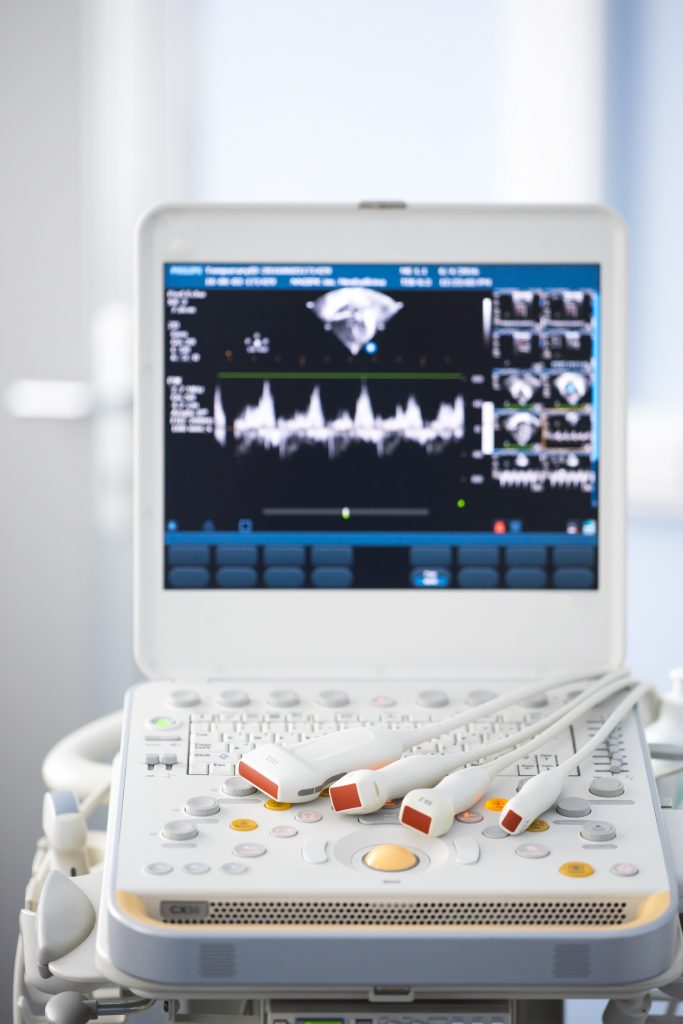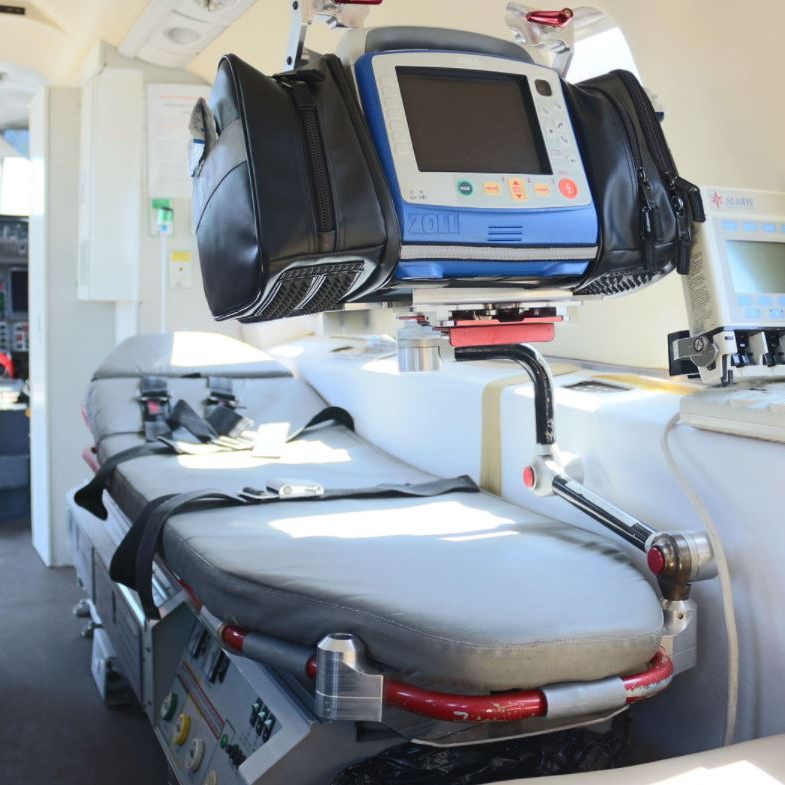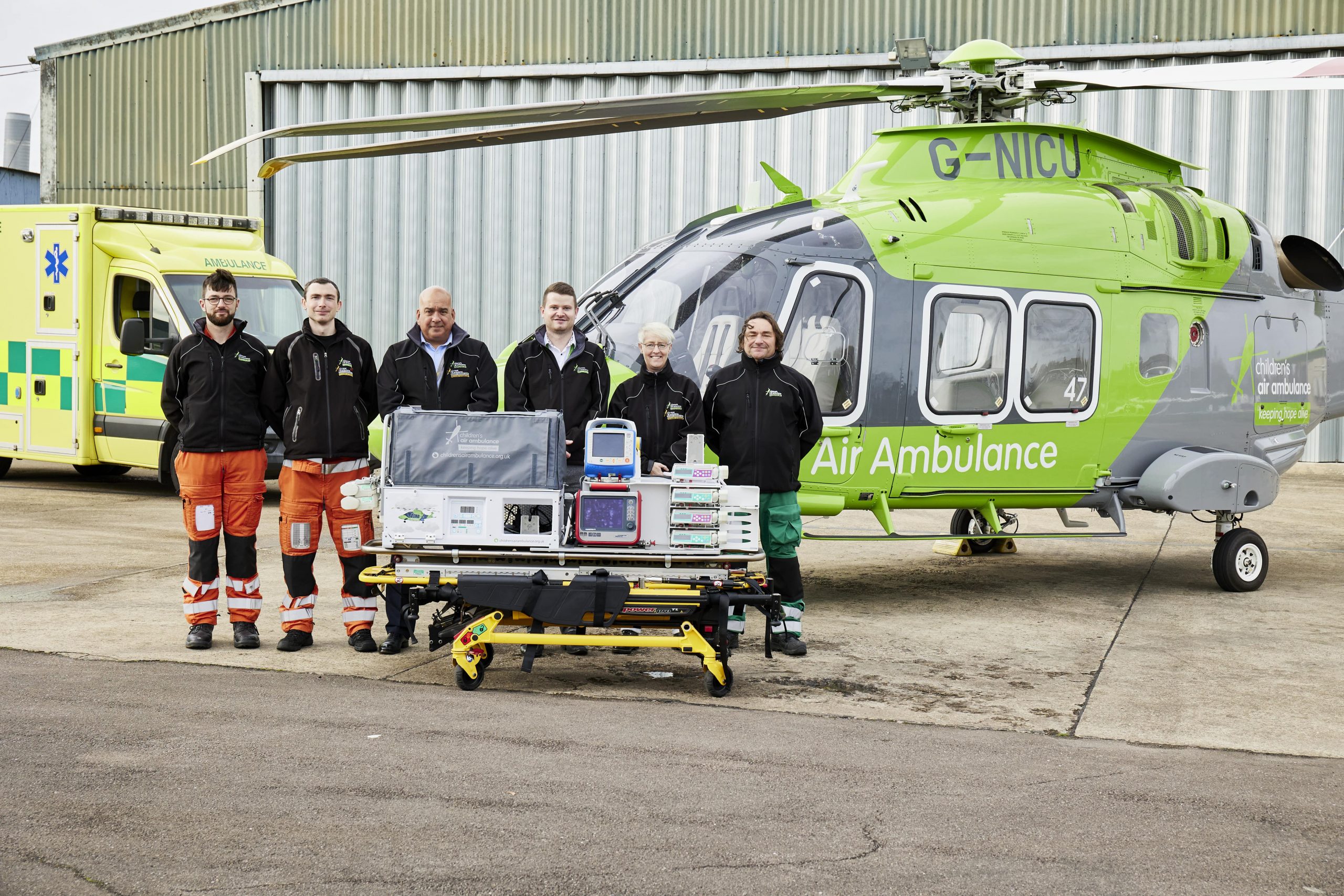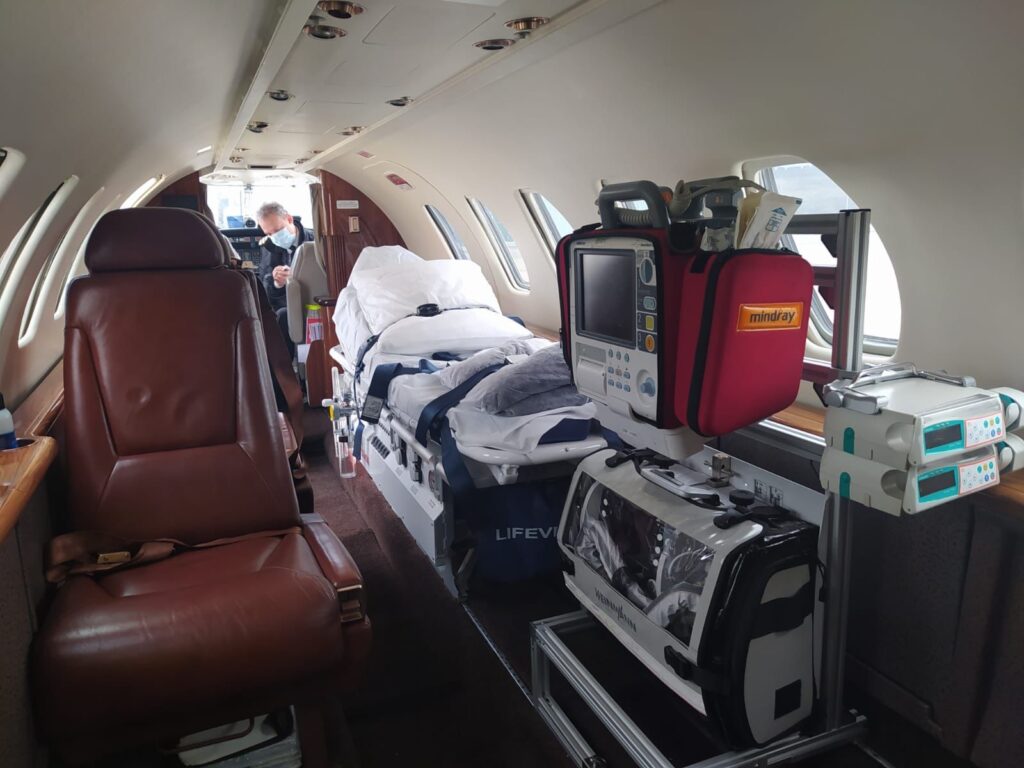Alright, folks, listen up! Today we’re going to dive into the fascinating world of air ambulances and take a closer look at the role of monitors and diagnostic equipment on these life-saving vehicles. Now, picture this: you or a loved one is in need of urgent medical care, and time is of the essence. That’s where air ambulances come into play, whisking patients away to hospitals quickly and efficiently. But it’s not just about getting from point A to point B; these airborne heroes are equipped with state-of-the-art monitors and diagnostic equipment that play a vital role in ensuring the well-being of the patients during these critical moments. So, let’s buckle up and get ready to explore how these instruments are the unsung heroes of the air ambulance world!
The Role of Monitors and Diagnostic Equipment on Air Ambulances
Air ambulances play a critical role in providing rapid, life-saving medical care during emergencies. These specialized aircraft are equipped with advanced medical equipment to ensure that patients receive the necessary treatment during transport. One essential component of an air ambulance is the monitors and diagnostic equipment. In this article, we will delve into the important role these devices play in ensuring the well-being of patients during air medical transportation.
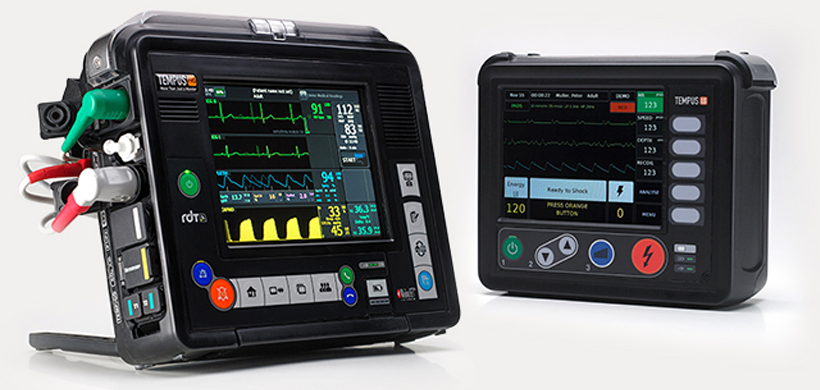
Providing Real-Time Vital Signs Monitoring
Monitors are invaluable tools in the hands of medical professionals aboard air ambulances. These devices are designed to measure and display a patient’s vital signs, allowing healthcare providers to closely monitor their condition throughout the journey. Parameters such as heart rate, blood pressure, oxygen saturation, and respiratory rate can be continuously tracked, providing a comprehensive picture of the patient’s physiological state.
The real-time data provided by monitors allows medical personnel to identify any changes or abnormalities promptly. This enables them to take immediate action and make critical decisions regarding the patient’s treatment plan. For example, if a patient’s oxygen levels drop below a certain threshold, the medical team can administer supplemental oxygen or adjust the flow rate to ensure sufficient oxygenation.
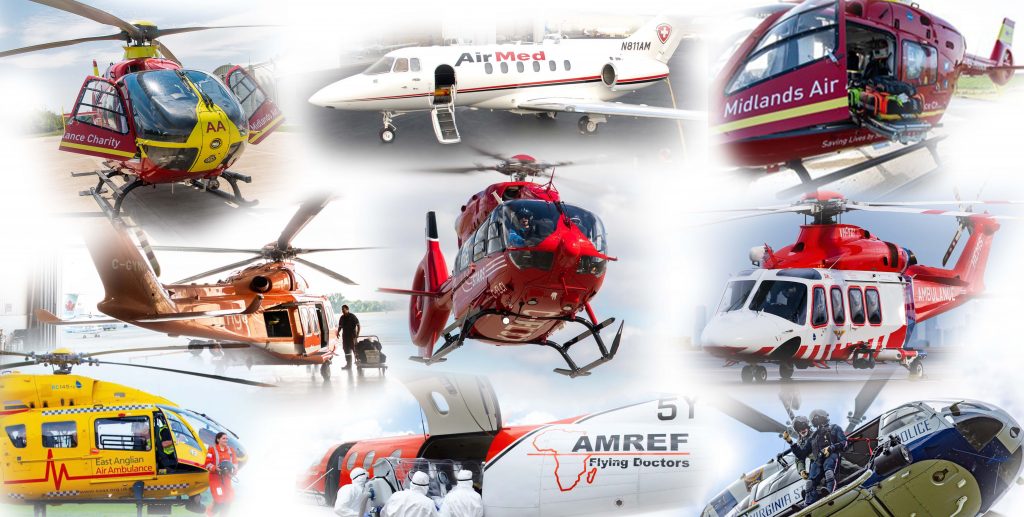
Facilitating Diagnosis and Treatment
Diagnostic equipment found on air ambulances enhances the ability to identify and manage medical conditions during transport. These devices enable medical professionals to perform various diagnostic procedures right inside the aircraft, saving valuable time that could make a difference in critical cases.
One commonly used diagnostic tool is the portable ultrasound machine. This device allows medical personnel to visualize internal organs and structures, aiding in the assessment of injuries, identifying potential sources of bleeding or trauma, and assisting in decision-making for surgical interventions if necessary. For instance, in cases of suspected internal bleeding, the ultrasound can reveal the presence and location of blood in the abdomen, guiding the medical team’s actions accordingly.
In addition to ultrasound machines, air ambulances are often equipped with electrocardiogram (ECG) units. These instruments record the electrical activity of the heart and can quickly detect irregularities in heart rhythm. Such information is vital in emergencies, as it helps in diagnosing conditions such as heart attacks or arrhythmias, allowing medical professionals to initiate appropriate interventions promptly.
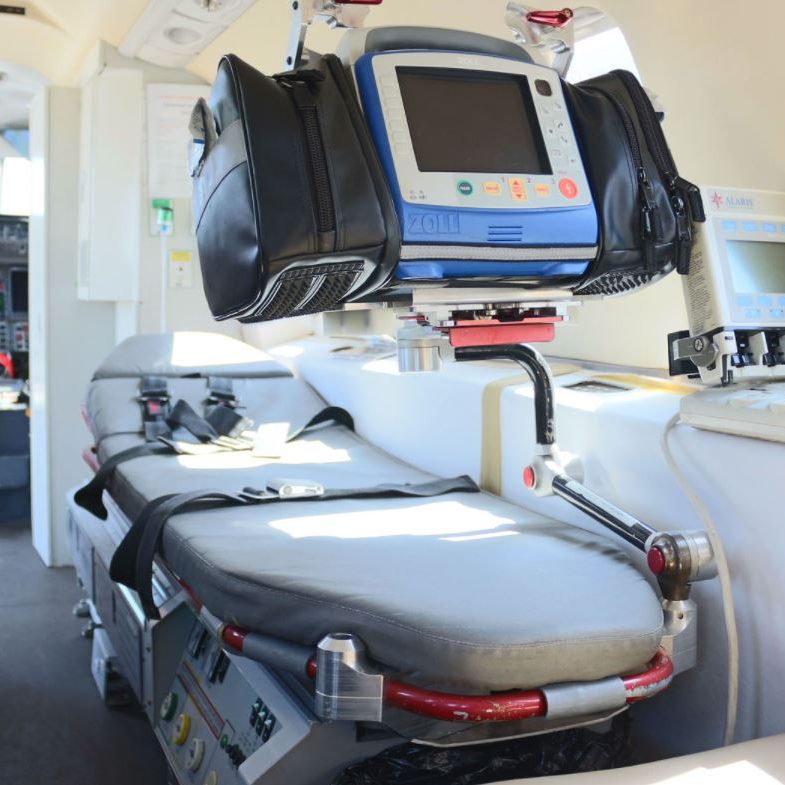
Ensuring Continuous Monitoring of Critically Ill Patients
Air ambulances frequently transport critically ill patients, requiring constant monitoring and intervention to maintain stability during the journey. Monitors provide healthcare professionals with the ability to closely monitor vital signs and intervene promptly if necessary.
One significant benefit of the continuous monitoring capabilities of these devices is the early detection of changes in a patient’s condition. Monitors can sound alarms if vital signs deviate from a predetermined range, alerting the medical team to potential issues. This allows for immediate assessment and intervention, ensuring that any complications are addressed before they escalate.
Moreover, the information obtained from monitors can be used to track a patient’s response to treatment during transit. By closely monitoring vital signs, medical professionals can evaluate the efficacy of interventions and make adjustments as needed. This real-time feedback enables the medical team to provide tailored care, optimizing the patient’s chances of a positive outcome.
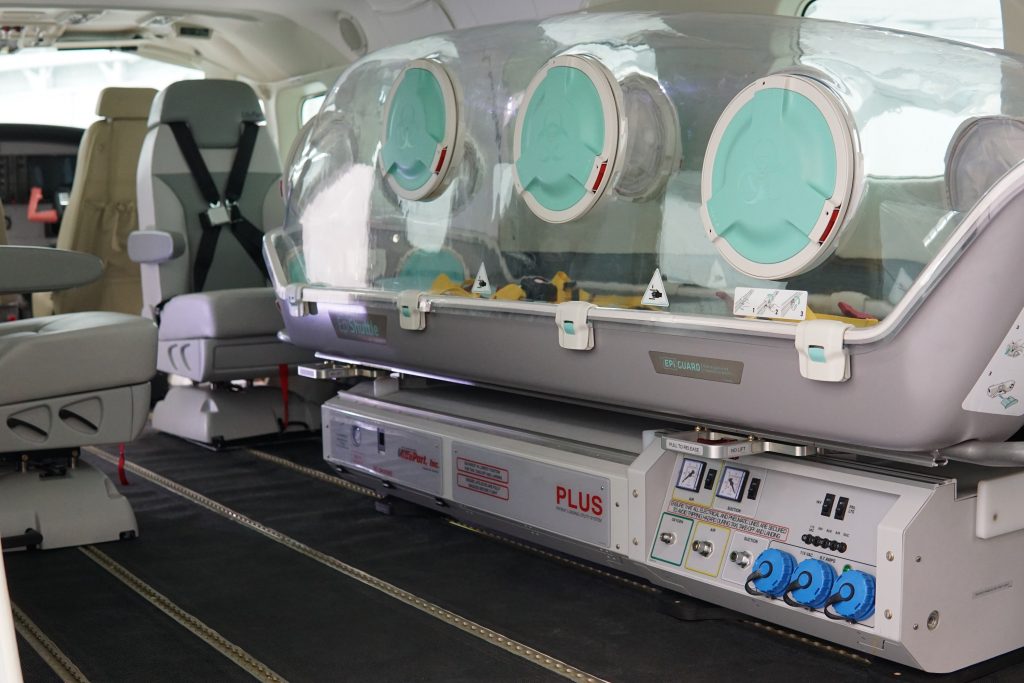
Enhancing Communication and Coordination
Monitors and diagnostic equipment on air ambulances often integrate with other communication systems, facilitating seamless coordination between the medical crew and ground-based healthcare providers. This integration ensures that critical information regarding the patient’s condition can be shared in real-time, enabling a collaborative approach to care.
For example, if a patient’s vital signs deteriorate during flight, the air ambulance crew can relay this information to the receiving hospital. The hospital can then prepare the necessary resources and personnel, ensuring a smooth transition upon arrival. This real-time communication streamlines the transfer process and enhances the overall efficiency of patient care.
Additionally, the integration of monitors and diagnostic equipment with communication systems allows medical professionals to seek expert advice or consultations remotely. In complex cases, this capability enables the air ambulance crew to tap into the knowledge and expertise of specialists, enhancing the quality of care delivered during transport.
In conclusion, monitors and diagnostic equipment are crucial components of air ambulances, ensuring the safety and well-being of patients during medical transport. These devices provide real-time vital signs monitoring, facilitate diagnosis and treatment, ensure continuous monitoring of critically ill patients, and enhance communication and coordination between medical professionals. By leveraging the power of technology, air ambulances equipped with state-of-the-art monitors and diagnostic equipment can deliver timely and effective medical care, ultimately saving lives.
